Whitetail deer grow non-typical antlers for a variety of reasons. Sometimes it’s genetic, but many times it could be that the animal is injured by a car strike, a battle with a rival buck, or a hunting event.
Generally, a deer will grow a non-typical antler on the side opposite of the injury. In this case, however, the rack is so unusual that determining a cause for this occurrence is difficult. As unusual as this buck became, it evaded hunters for four years, as described in this piece from North American Whitetail.

Whitetail bucks often are judged solely by a number in a record book. Right or wrong, that’s been the norm for a while now. However, defining what constitutes a trophy isn’t always as easy as adding up with an official score. Once in a while, along comes a buck that doesn’t put up a big number but still manages to be an absolute “jaw dropper” in anybody’s book. In 2010, Heath Buchanan got his first hint that he might be onto just such a deer.
Opening Hand
Heath hunts private farms in and around Trimble County, Kentucky. Like a lot of other serious deer hunters, he puts a premium on scouting, both firsthand and
through the use of trail cameras. He really wasn’t prepared for the deer he caught a glimpse of on one of his early-season bowhunts in 2010. “The first time I saw the buck was in early October,” Heath relates. “He was about 60 yards away, and it was almost dark. I couldn’t see a lot of detail, but I could tell he just had a mess on his head. That’s about the only way to describe it. The buck was still in velvet… [continued]
Tell us what you think in the comments section below.


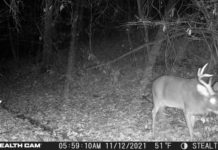

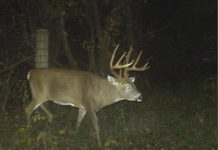






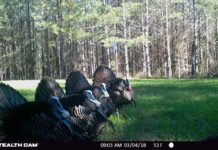
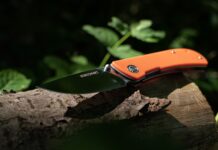
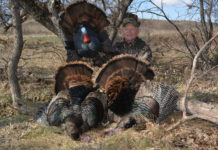

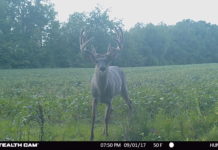
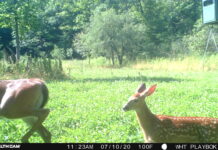


![The Best Deer Camp Chili [VIDEO] Deer Chili Ingredients, Tomatoes, Chili Spices](/wp-content/uploads/2015/10/Deer-Chili-Deer-Camp-Recipe-218x150.jpg)
![How to Call Elk Early in the Season [VIDEO]](/wp-content/uploads/2016/08/byers003-218x150.jpg)
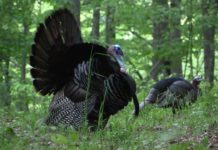



![Idiots Disturb Hunter: How Would You Have Handled It? [VIDEO]](/wp-content/uploads/2015/10/DSC00110-e1474487693878-100x70.jpg)
![Albino Buck Shocked to Shed His Antlers [VIDEO]](/wp-content/uploads/2015/10/AlbinoDeer-100x70.jpg)